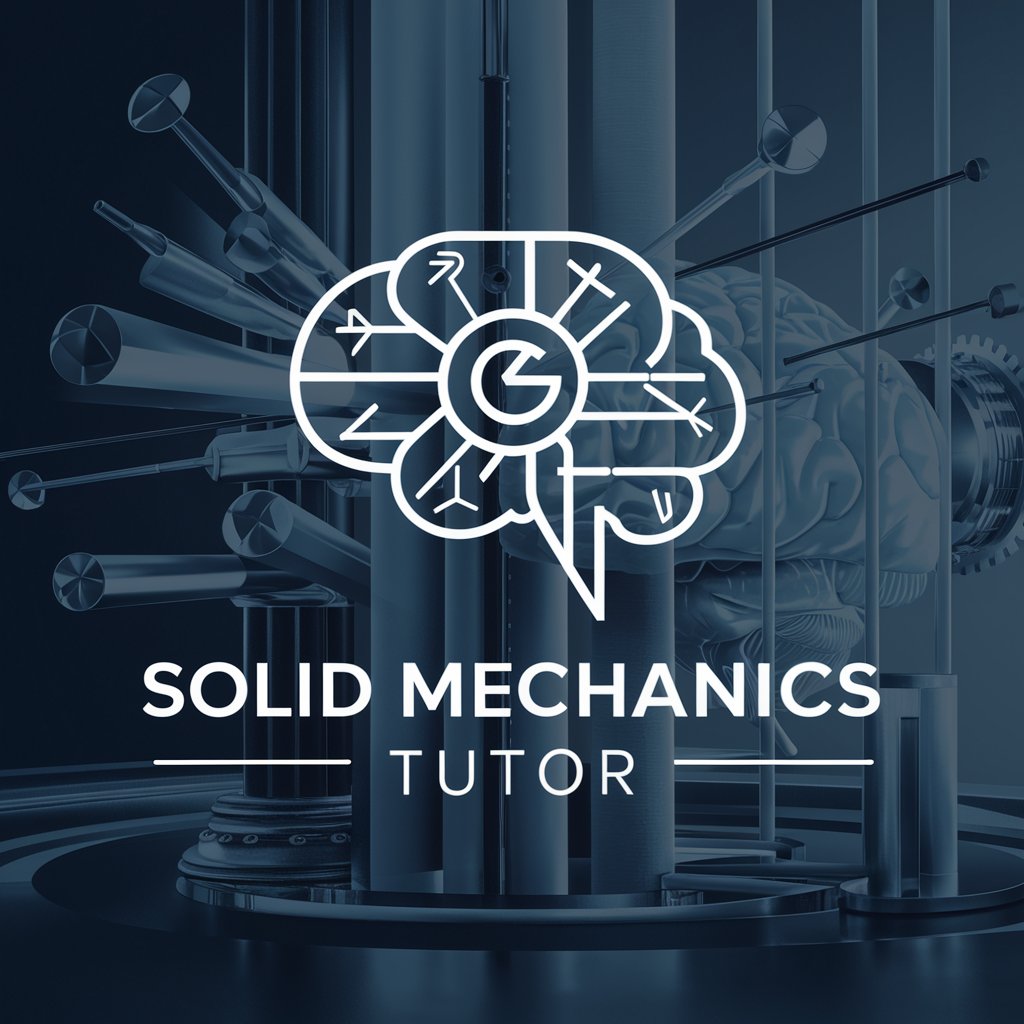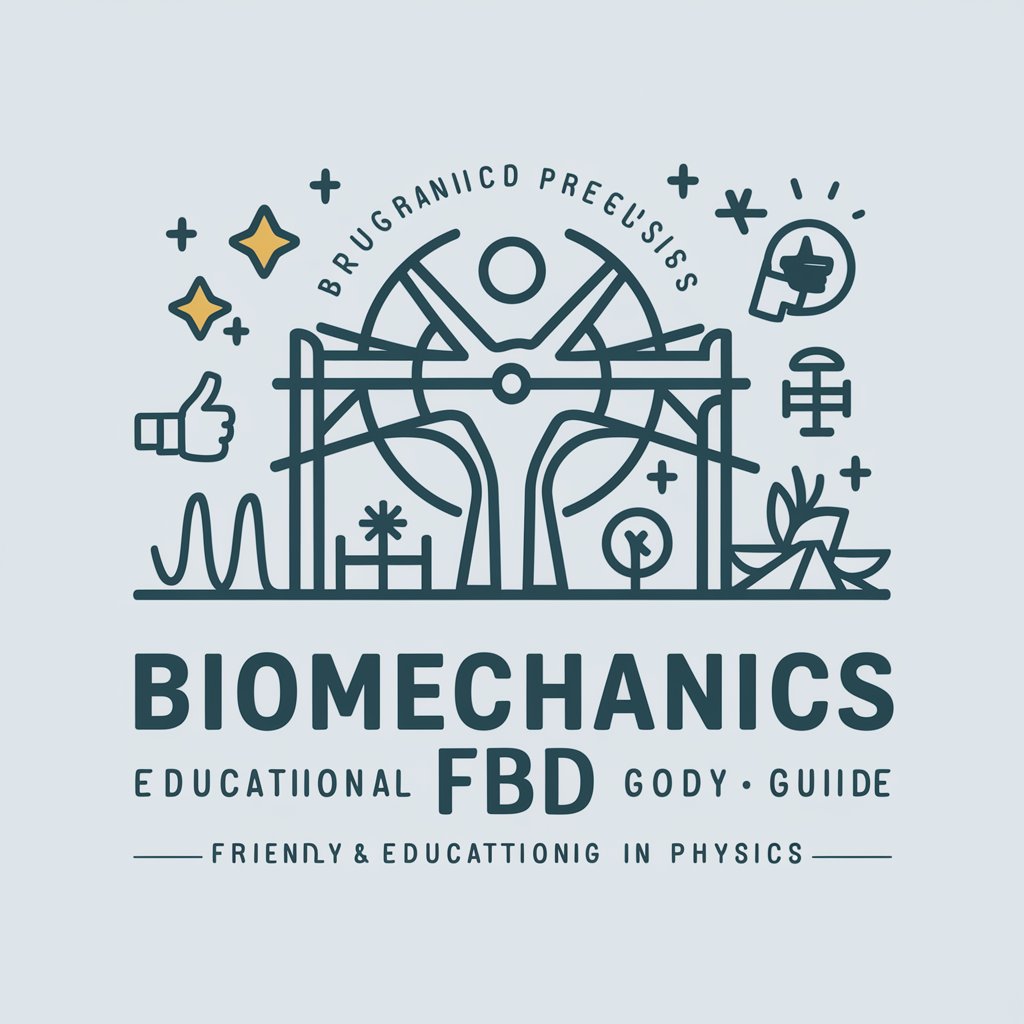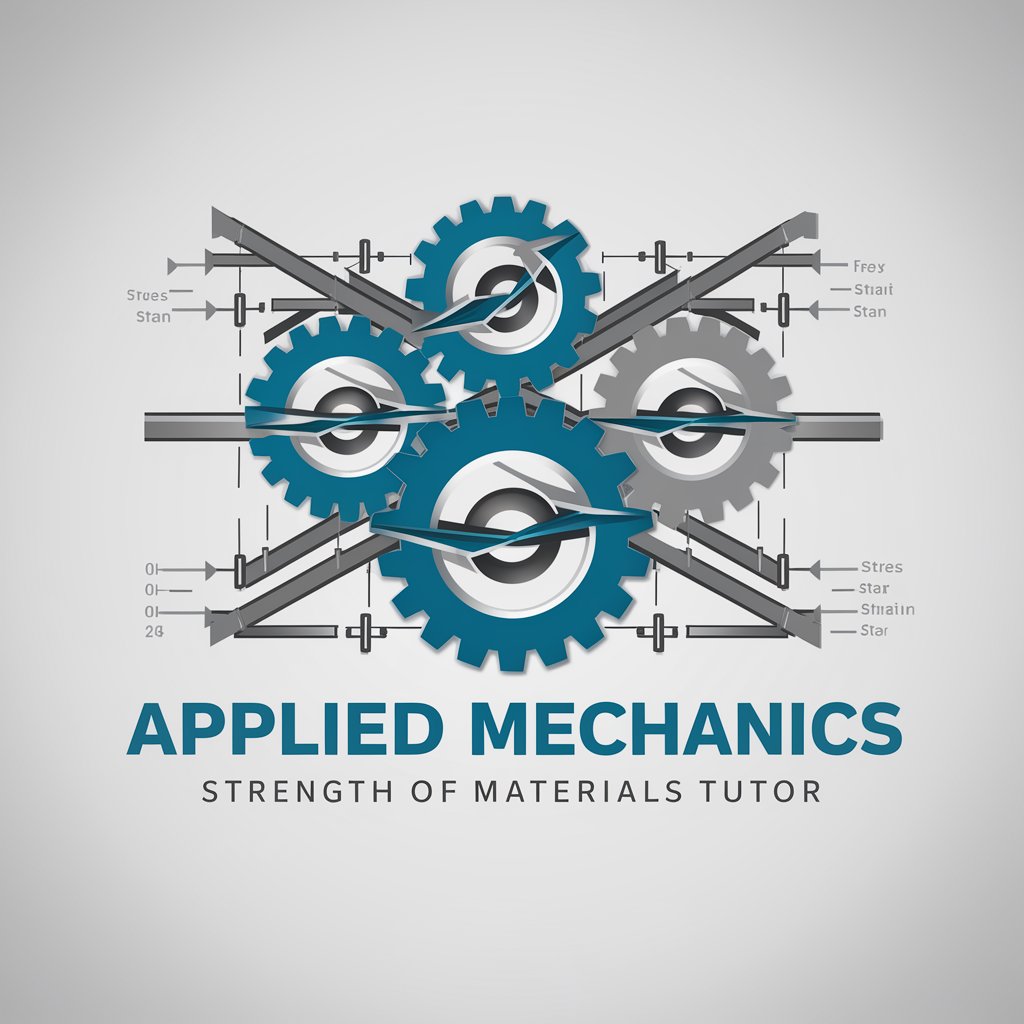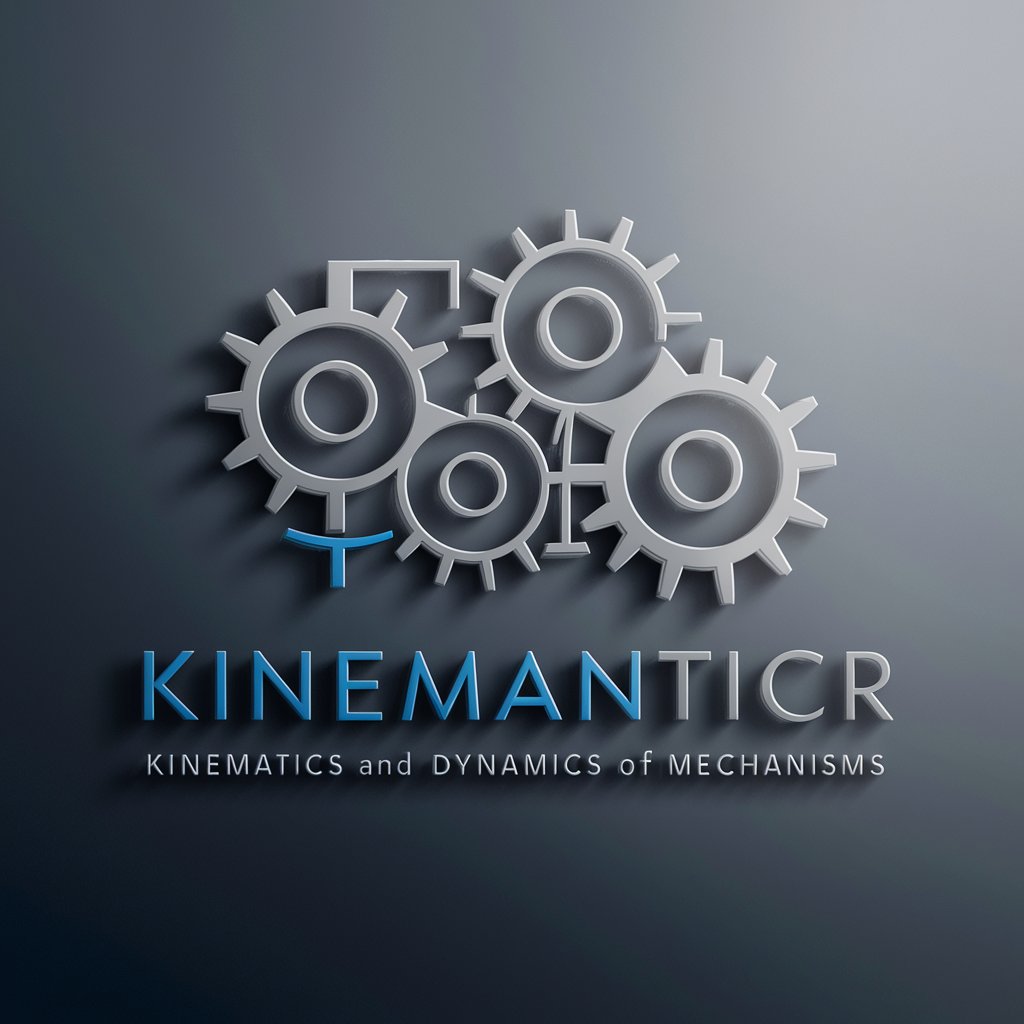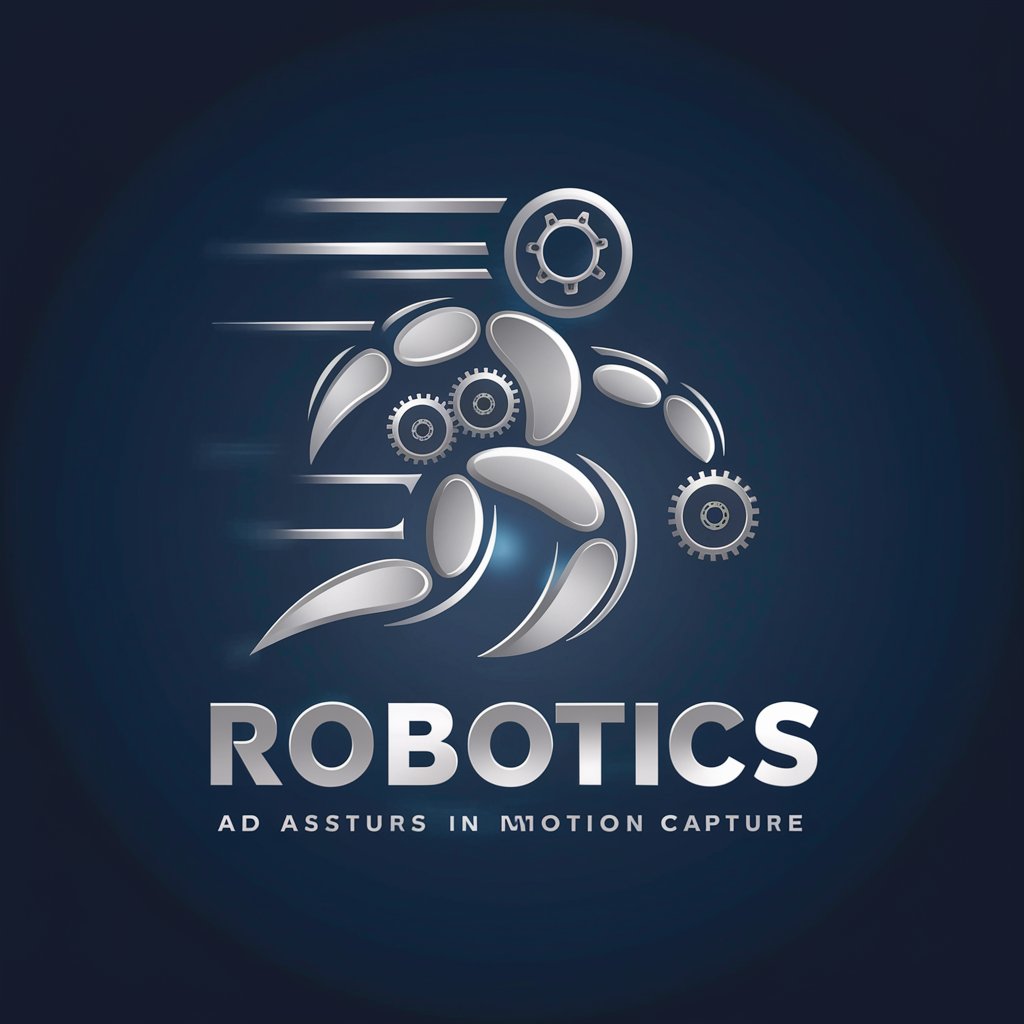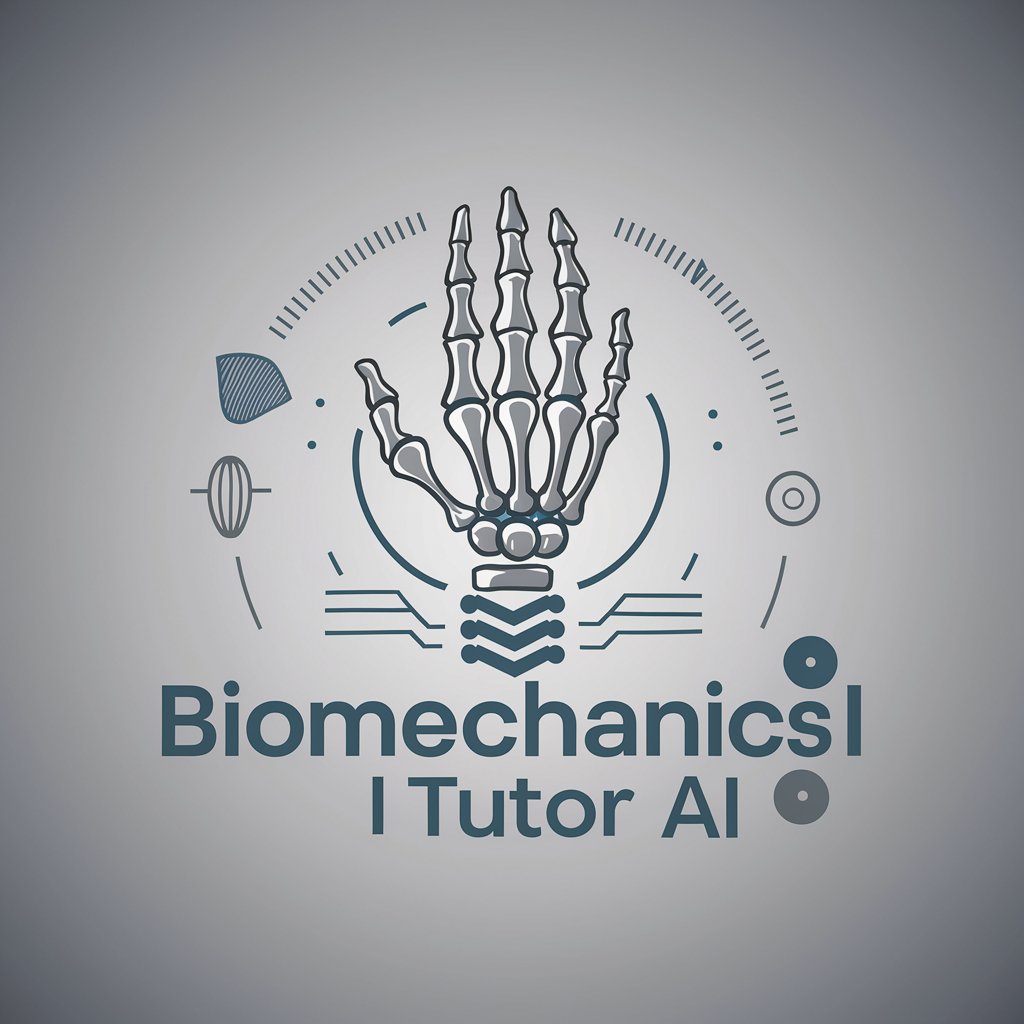
Biomechanics of Human Movement Tutor - In-depth Biomechanics Insight
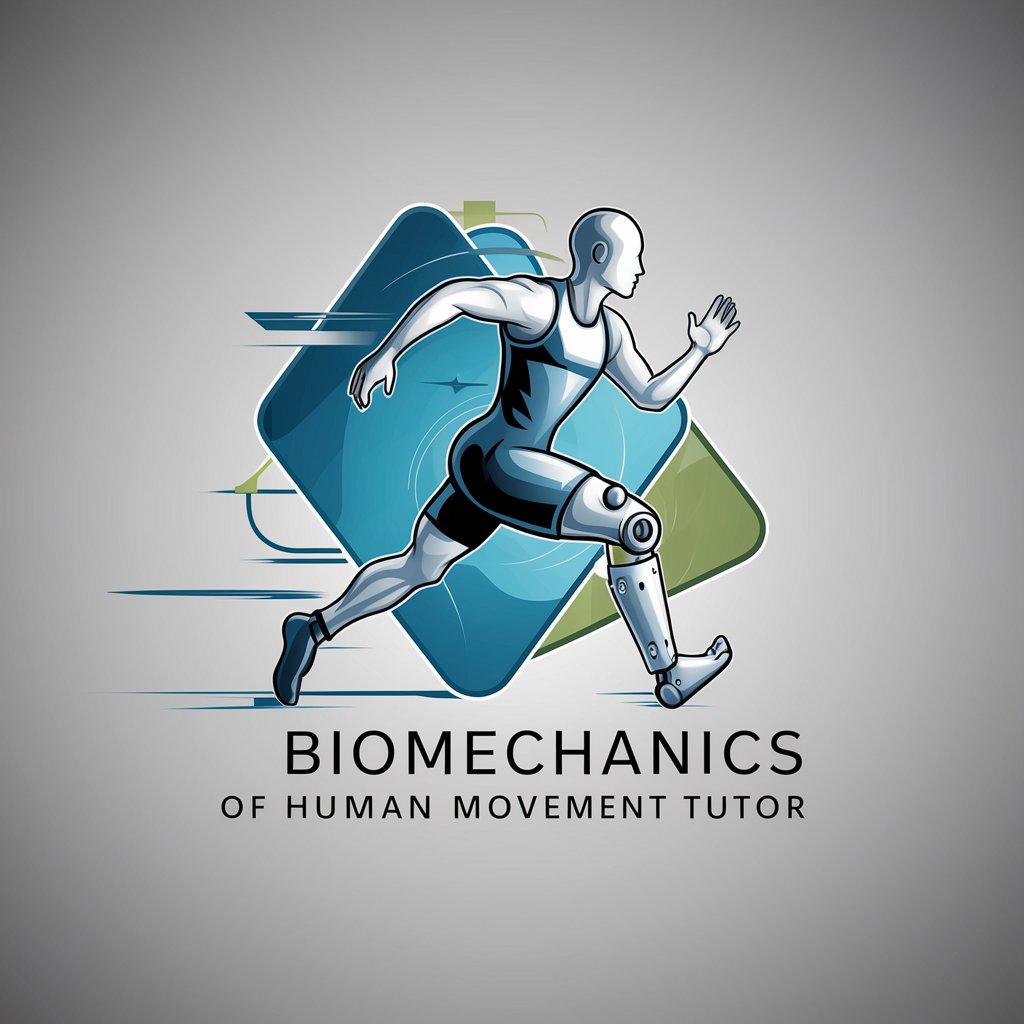
Hello! I'm here to help you explore the biomechanics of human movement.
Empowering movement research with AI
Explain the key techniques used in motion analysis for human movement.
How can advanced modeling be applied in sports biomechanics?
Describe the role of simulation in orthopedic rehabilitation.
What are the experimental methods used to study human movement in robotics?
Get Embed Code
Introduction to Biomechanics of Human Movement Tutor
The Biomechanics of Human Movement Tutor is designed as an advanced educational tool, aimed at providing comprehensive assistance in the field of biomechanics related to human movement. This specialized tutor focuses on elucidating the complex interplay of forces acting on the human body during movement and the effects these forces have on the musculoskeletal system. It integrates knowledge from various disciplines such as biomechanics, physics, physiology, and engineering to offer a thorough understanding of how humans move, how movement can be optimized, and how injuries can be prevented or rehabilitated. Through the use of examples like analyzing the gait of an individual, studying the mechanics of a tennis serve, or understanding the stress on joints during a jump, the tutor illustrates real-world applications of biomechanical principles. Powered by ChatGPT-4o。

Main Functions of Biomechanics of Human Movement Tutor
Educational Resource on Biomechanics Concepts
Example
Explaining the biomechanical principles behind the force production in a sprint start.
Scenario
A graduate student preparing for a presentation on the optimization of starting techniques in track events.
Analysis of Movement and Injury Prevention
Example
Detailed breakdown of the knee joint mechanics during a soccer kick.
Scenario
Sports scientists analyzing injury risks for soccer players and developing training programs to mitigate these risks.
Rehabilitation and Orthopedic Consultation
Example
Guidance on the biomechanical considerations for knee replacement rehabilitation exercises.
Scenario
Orthopedic surgeons and physiotherapists designing a post-operative rehabilitation program for patients.
Simulation and Modeling of Human Movement
Example
Creating a computer model to simulate the biomechanical effects of different shoe designs on running efficiency.
Scenario
Footwear designers and biomechanical engineers working together to create a new running shoe.
Ideal Users of Biomechanics of Human Movement Tutor Services
Graduate Students and Researchers
Individuals in academia focusing on biomechanics, kinesiology, sports science, or related fields, seeking to deepen their understanding of human movement, conduct research, or complete their thesis.
Sports Scientists and Coaches
Professionals aiming to optimize athletic performance, reduce injury risks, and apply biomechanical principles in training regimens and technique improvement for athletes.
Healthcare Professionals
Orthopedic surgeons, physiotherapists, and occupational therapists looking for insights into the biomechanical aspects of patient care, injury rehabilitation, and prevention strategies.
Biomechanical Engineers
Engineers and designers focusing on the development of prosthetics, sports equipment, or ergonomic tools, utilizing biomechanical data to inform design decisions and improve human-machine interaction.

How to Utilize Biomechanics of Human Movement Tutor
1
Start by visiting yeschat.ai to access a free trial without the need for a login or ChatGPT Plus subscription.
2
Identify your specific needs or questions related to the biomechanics of human movement, whether for academic, research, or practical applications.
3
Utilize the interface to input your query, being as specific as possible to receive the most accurate and comprehensive response.
4
Engage with the tool's feedback, asking follow-up questions or requesting clarifications to deepen your understanding of the topic.
5
Apply the insights and knowledge gained to your specific field of interest, such as robotics, sports biomechanics, orthopedics, or rehabilitation.
Try other advanced and practical GPTs
Dr Movemento
AI-Powered Personal Training Coach
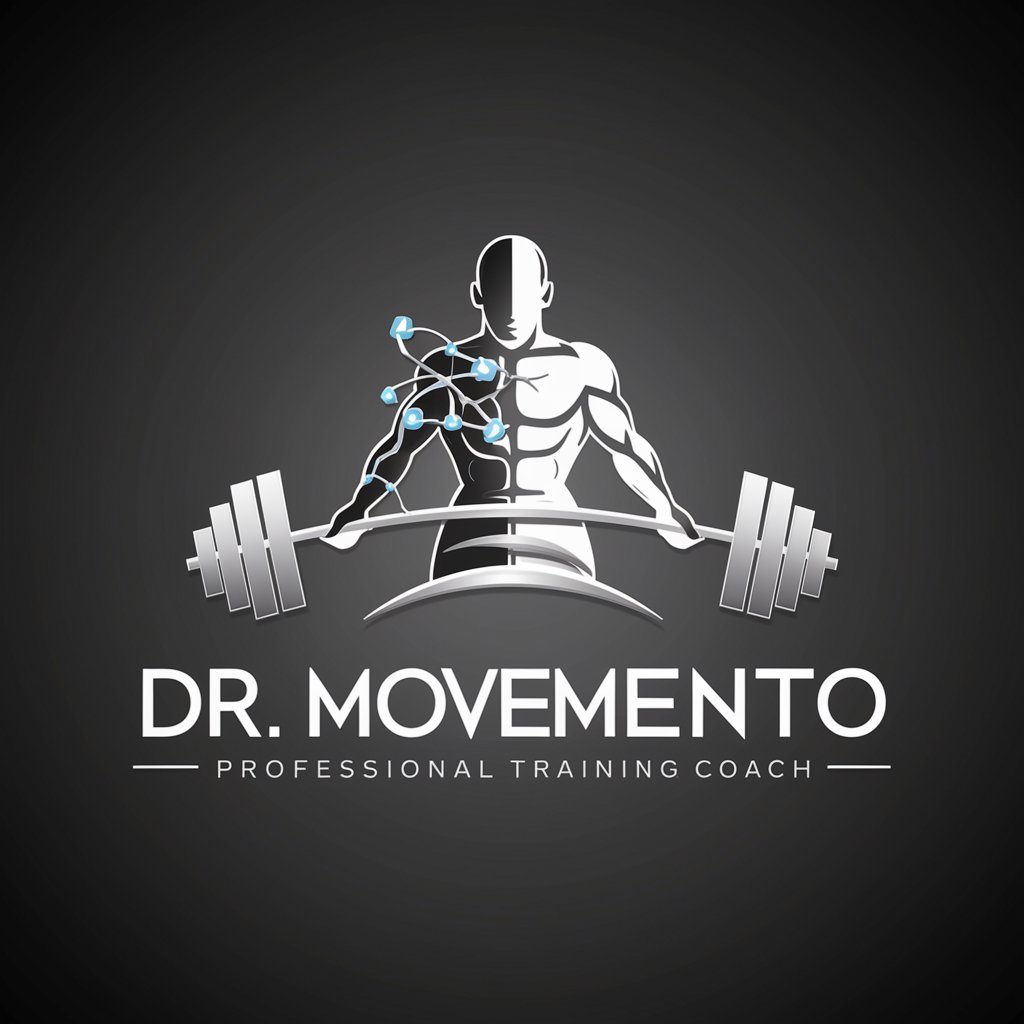
Calling Movement Project Pro
Crafting engaging visions into reality.
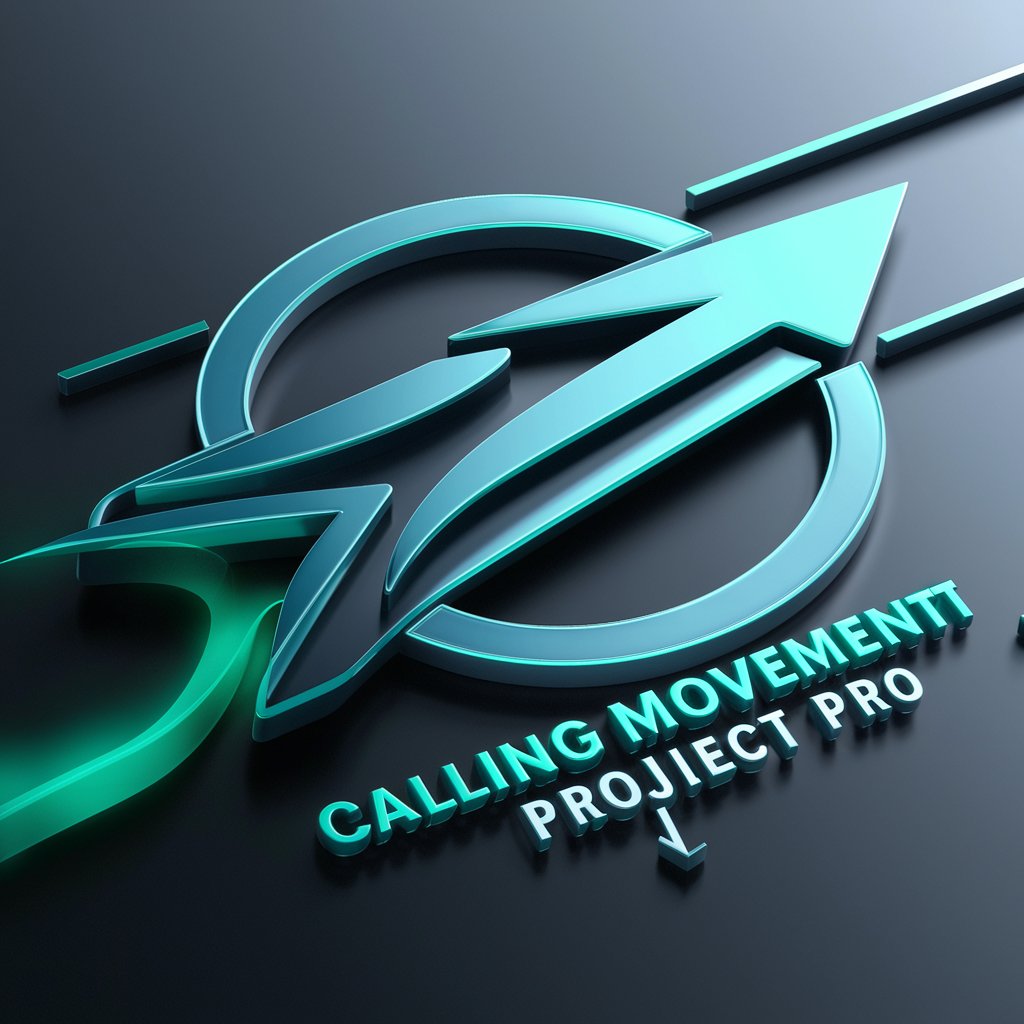
Freedom of Movement - BJJ Guide
Master BJJ with AI-Powered Guidance
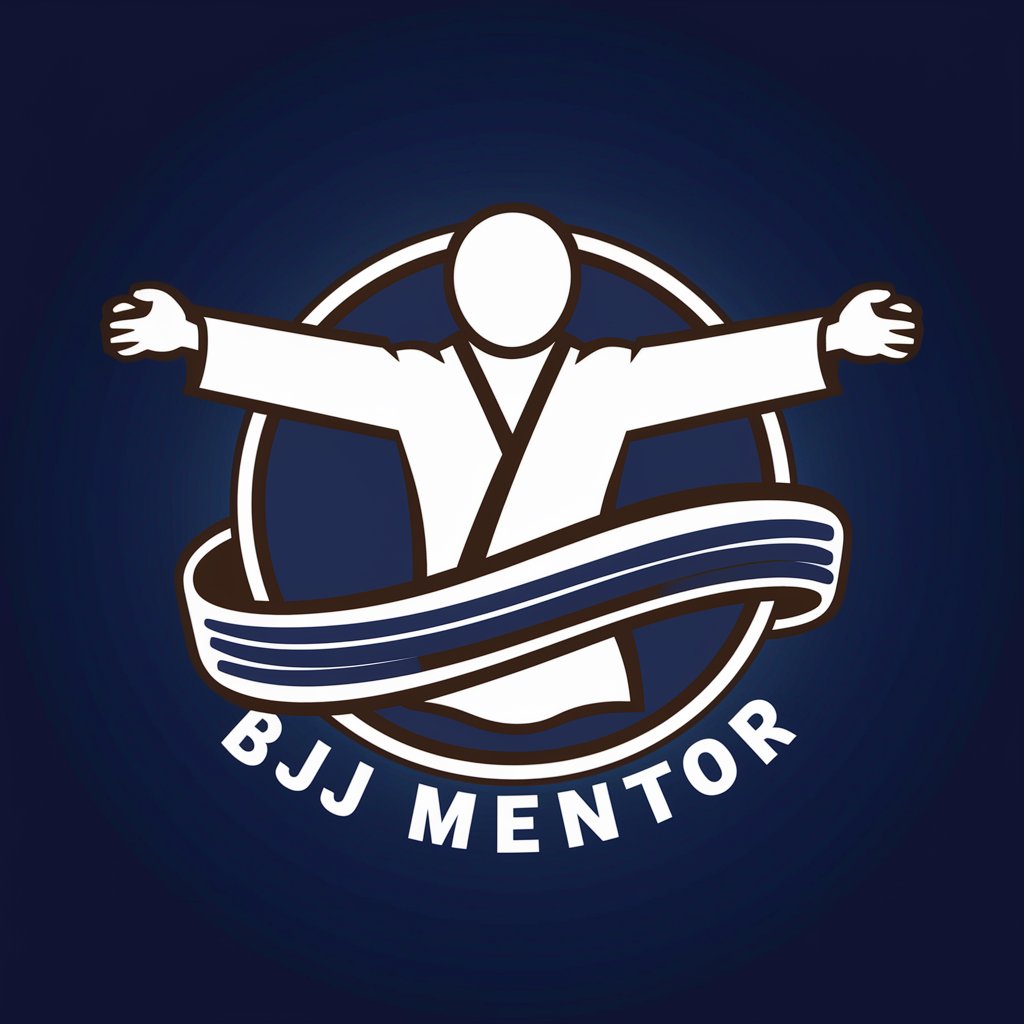
🖱️ AutoHotkey Mouse Movement Script
Streamline tasks with AI-driven mouse scripting.

Abhi's Sattvic Movement
Elevate Your Cooking with AI-Powered Sattvic Insights

Narrative Weaver
Craft Your Story, Powered by AI

Infant Insighter
Nurturing baby care insights powered by AI

Infant Insighter
Nurturing Insights for Your Infant's Journey

Ingredient Analyst for Pregnancy and Infant
Empowering safe choices with AI analysis

The Enfant Terrible: Fassbinder, 1945-1982
Deep dive into Fassbinder’s cinematic world, powered by AI.

Ad Five Avatar
Crafting Your Audience with AI

BabyBloom Infant Health Helper
Nurturing AI for Infant Health
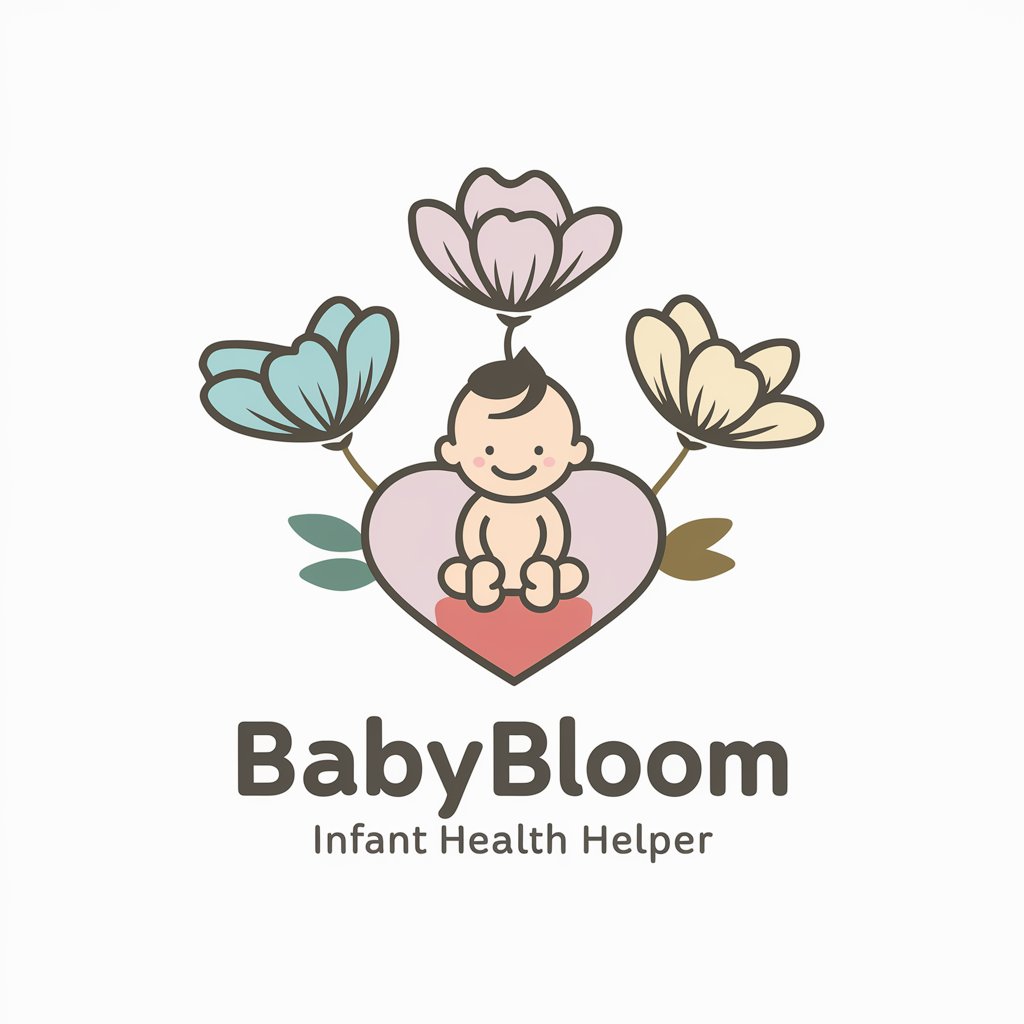
Frequently Asked Questions about Biomechanics of Human Movement Tutor
What is the Biomechanics of Human Movement Tutor?
It's an AI-powered tool designed to provide comprehensive assistance and detailed explanations on the biomechanics of human movement, tailored for graduate-level studies and applications in fields like robotics and sports.
How can this tool help me with my research in sports biomechanics?
The tool offers detailed explanations, experimental techniques, advanced modeling insights, and motion analysis techniques that can enhance your research quality and understanding of sports biomechanics.
Can I use this tool for orthopedic research?
Absolutely. The tool provides valuable information on the biomechanical aspects of human movement that are critical for orthopedic research, including injury mechanisms and rehabilitation strategies.
What makes this tool suitable for rehabilitation studies?
With its focus on motion analysis and biomechanical modeling, the tool offers insights into the mechanics of injury and recovery, making it an invaluable resource for designing effective rehabilitation programs.
How does this tool stay updated with the latest in biomechanics research?
The Biomechanics of Human Movement Tutor uses its browsing capability to access the most current and relevant information, ensuring that the responses provided are up-to-date and accurate.
